#Tephritidae
Text



A watercolor commission series, featuring flies from Lauxaniidae and Tephritidae!
#my art#commissions#character design#anthro#bugs#insects#diptera#entomology#watercolor#painting#lauxaniidae#tephritidae#this was fucking insane to do#this was a personal commission from an irl client as a gift to someone else but he gave me permission to post + reproduce#hope to have these as prints up soon!!#I'm really proud of this. they were a blast#flies#motorcycle#illustration
1K notes
·
View notes
Text

No common name (Spathulina acroleuca).
#ljsbugblog#bugblr#entomology#macro#insects#diptera#flies#tephritidae#fruit flies#spathulina#spathulina acroleuca
275 notes
·
View notes
Text

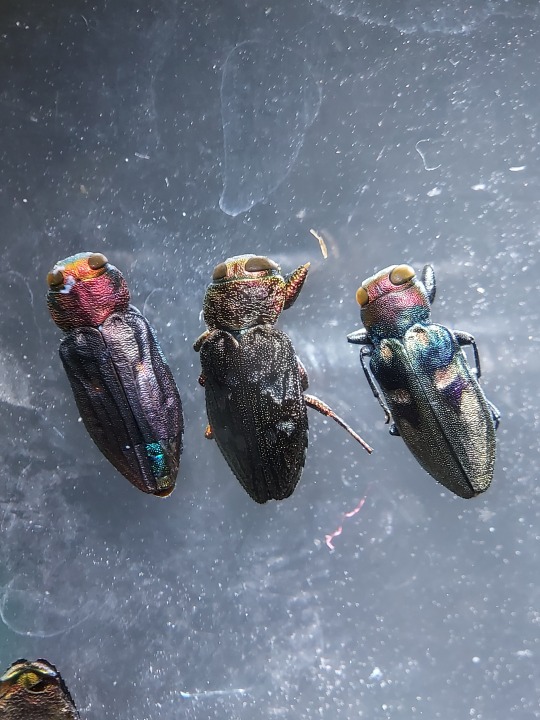


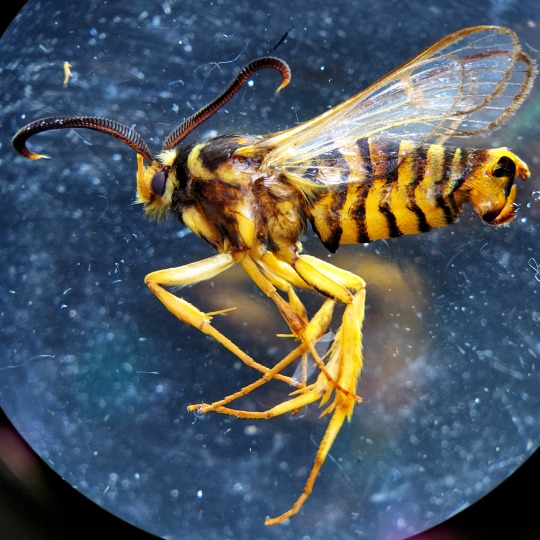

some handsome beasts i observed at work
436 notes
·
View notes
Text

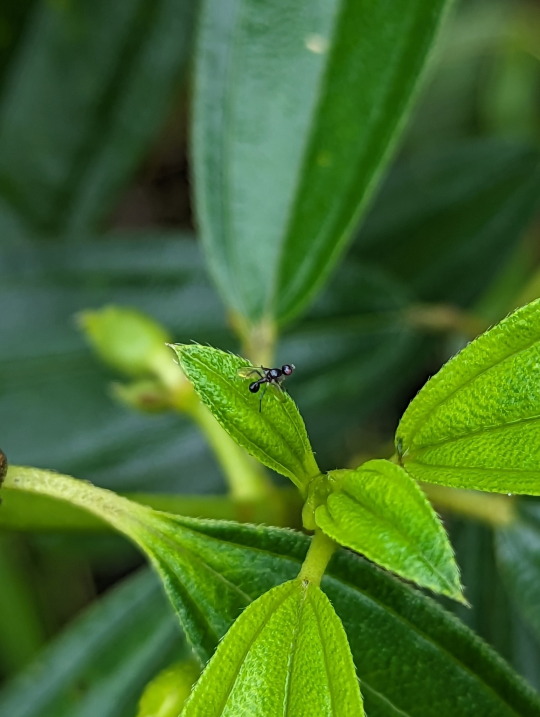
Photos 1-2 - Sepsidae: Parapalaeosepsis sp.

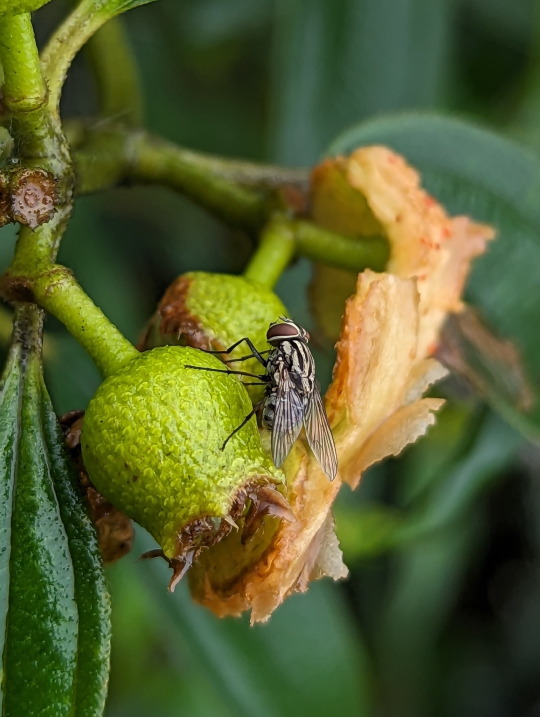
Photos 3-4 - Muscidae: Graphomya sp.
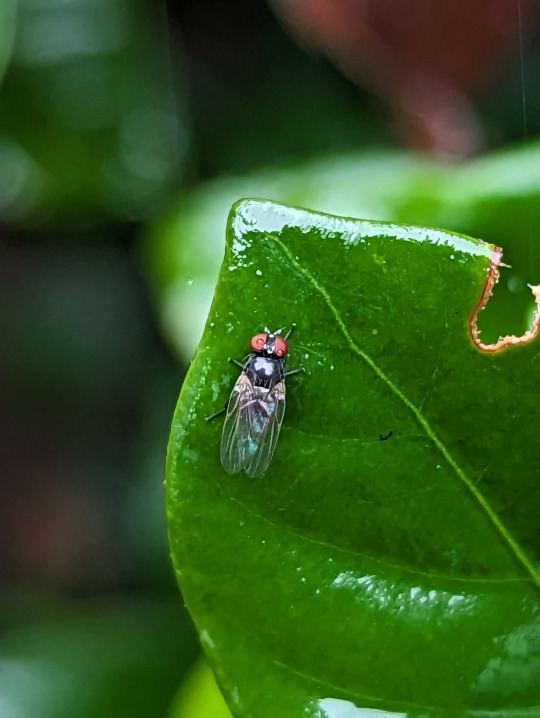

Photos 5-6 - Acalyptratae sp.

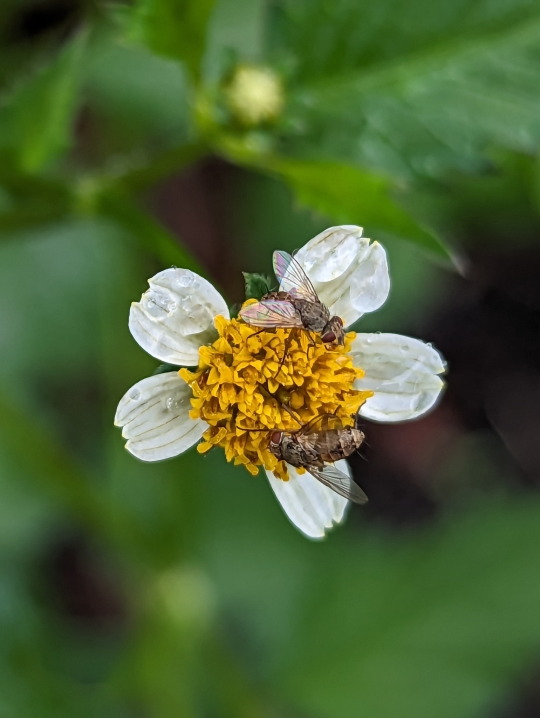
Photos 7-8 - Tachinidae sp. (multiple specimens)

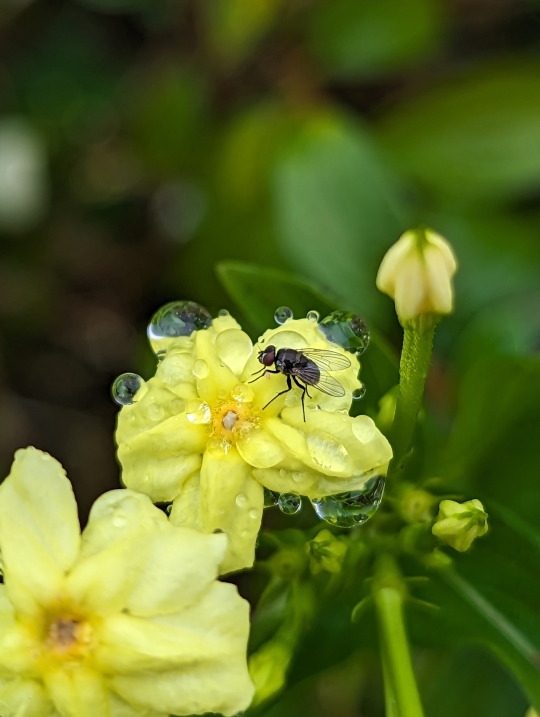
Photos 9-10 - Muscidae: Limnophora sp. (multiple specimens)
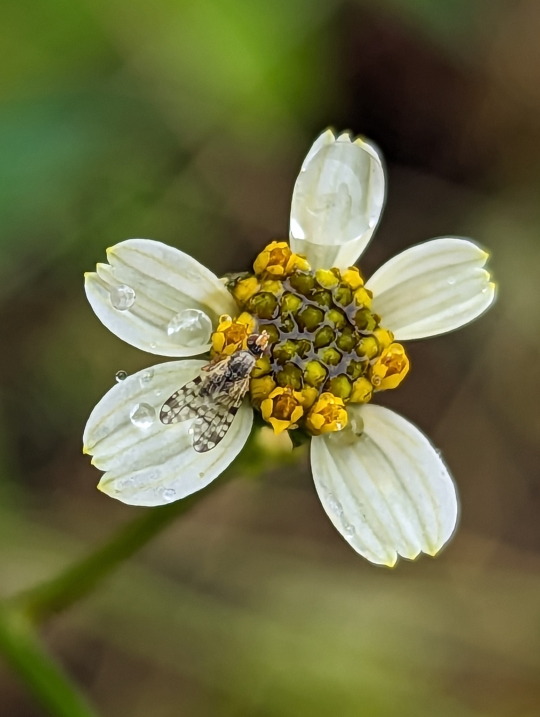

Photos 11-12 - Tephritidae: Campiglossa sororcula

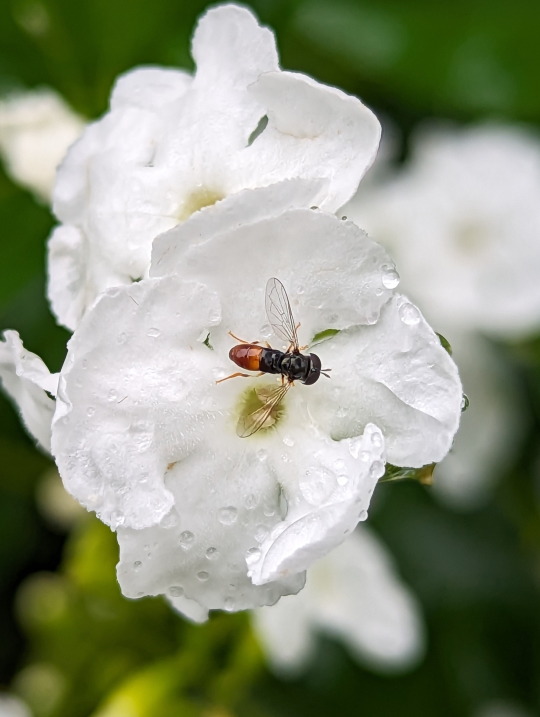
Photos 13-14 - Syrphidae sp.

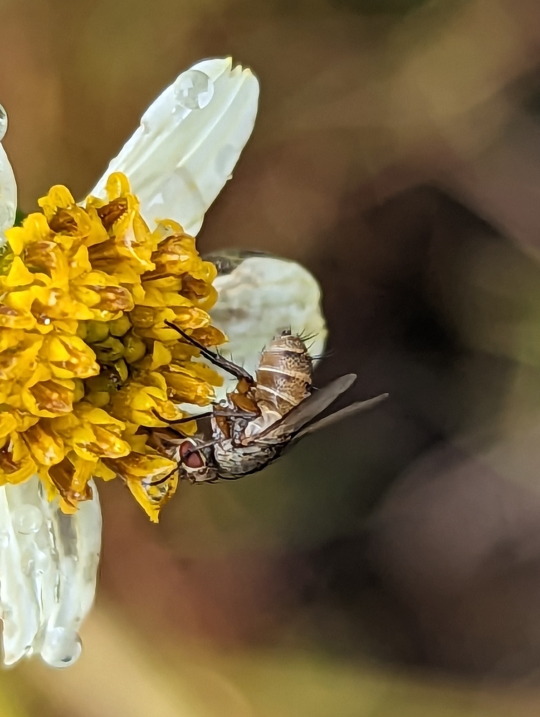
Photos 15-16 - Tachinidae sp.
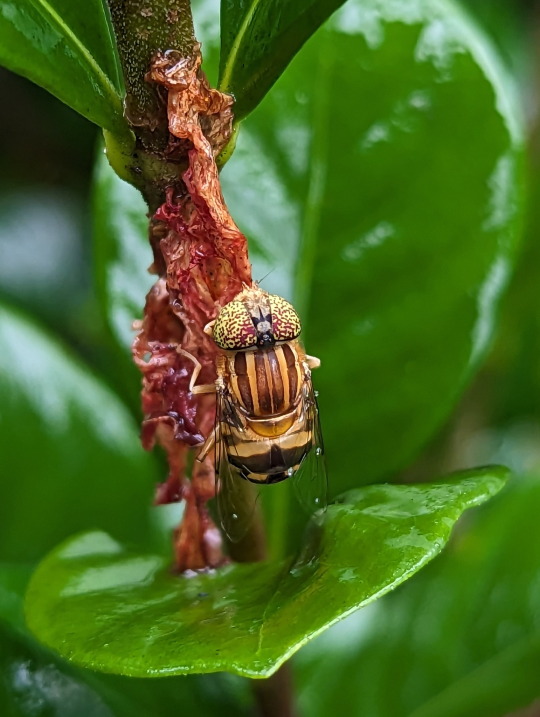
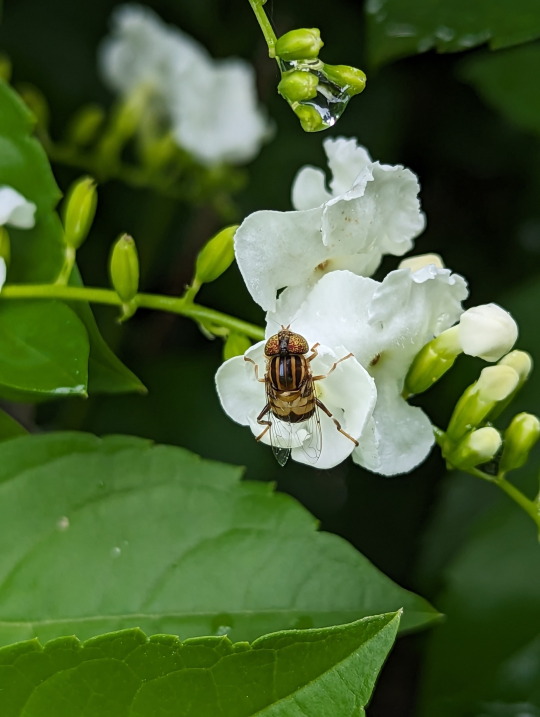
Photos 17-18 - Syrphidae: Eristalinus sp. (multiple specimens)


Photos 19-20 - Syrphidae sp.
Flies found in farming area, rainy day.
Not sure why they all came out suddenly.
04/07/23 - Diptera spp. - sugarcane farmland
#Parapalaeosepsis#Sepsidae#Black Scavenger Flies#Brachycera#Brachyceran Flies#Diptera#flies#Muscidae#Graphomya#unidentified#Muscoid Flies#Tachinidae#Limnophora#Bristle Flies#Acalyptratae#Campiglossa sororcula#Blackjack Fly#Tephritidae#Fruit Flies#Syrphidae#Hover Flies#Eristalinus#Lagoon Flies#bugs#bugblr#bugs tw#bug#insects#insecta#insectblr
14 notes
·
View notes
Text
Rhagoletis cerasi

pondering his orbs
#pondering#flys#picture winged flys#flies#diptera#bugblr#Rhagoletis cerasi#Tephritidae#bugs#insects#my photo#flypocalypse
55 notes
·
View notes
Photo
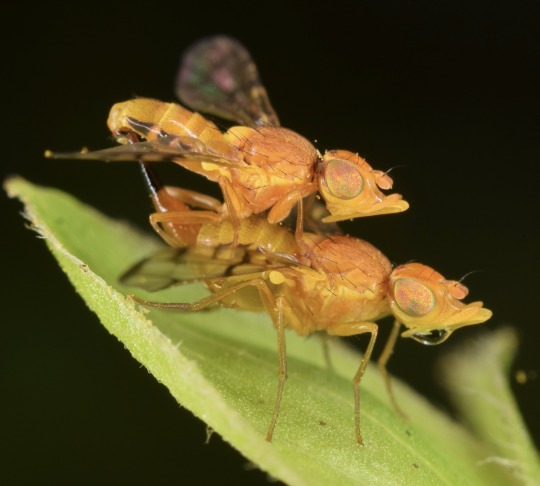
Rhynencina longirostris
20 notes
·
View notes
Photo
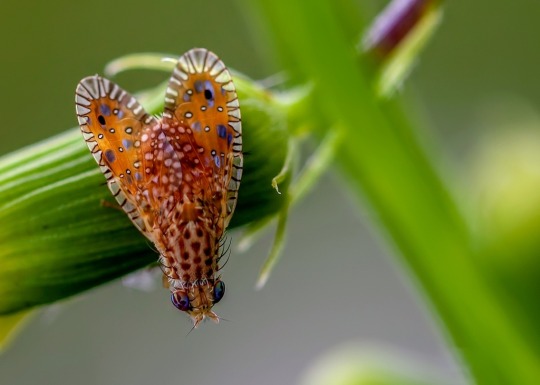

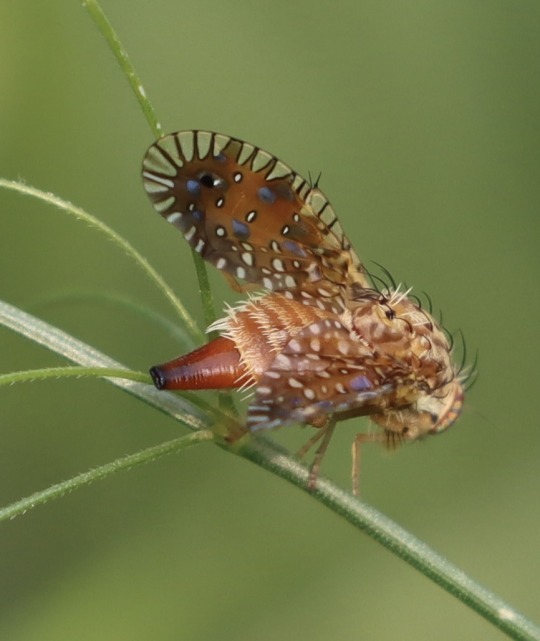


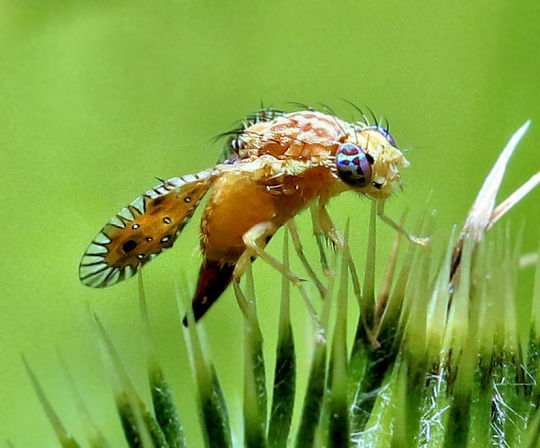

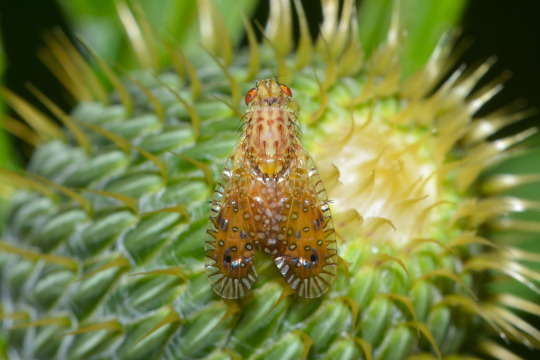
Fruit fly, Paracantha culta, Tephritidae
Found in the US and Canada
Photo 1 by arctic_mongoose, 2-4 by dmort, 5-6 by sherriequillen, 7 by kimberlietx, and 8 by royaltyler
935 notes
·
View notes
Photo


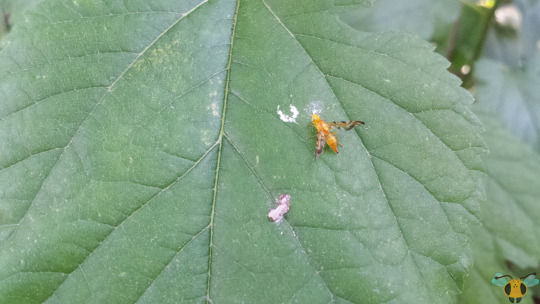
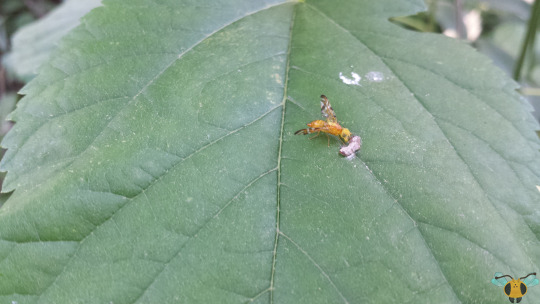
Yellow Fruit Fly - Strauzia perfecta
Now here’s a strange sight: a bright-colored visitor to the backyard who seemingly has an interest in the bird droppings here. Well, though the name may suggest a different lifestyle, adult Fruit Flies consume sources of food other than fruits. Due to my presence, this yellow beauty didn’t stay on this leaf very long leaving ambiguity as to whether or not droppings are a preferred source of nutrients. From what I’ve found, the host plant of this specie is apparently the giant ragweed plant (which this leaf doesn’t belong to) making this insect a passerby in the backyard. Where their host plant is abundant, the adult Flies are drawn to the flowers where they can feed on nectar, pollen and anything else plant-related they can lap up with their mouthparts. More importantly, where one Fly arrives, others will also join, leading to potential egg-laying opportunities. Here’s where the “fruit” part comes in: the Fruit Fly eggs will be laid on the ragweed flower, which gives the hatching larvae a direct line into the stem!
The larvae of this specie is a stem-miner which feeds on the innards of the ragweed stem. The worm-like maggot moves down the stem (feeding as it goes) until it reaches the roots and pupates in the nearby soil, awaiting emergence next year...which is what we’re witnessing with the adult here. A single generation year after year, but that’s more than enough if a sufficient source of giant ragweed can be found. As it stands, this Fly has to compete with the similar looking Picture-Wing Flies for resources in this yard. Though similar in appearance try not to confuse the two for one another. Though the wings are brightly colored and ornate, this is a case of Tephritidae vs. Ulidiidae. That being said, if you’re drawn to the wings, good! The wings provide a clue as to how to identify this insect successfully. If the body bears no substantial dark markings, has a yellow body (with maybe some orange) and the wings have a “F” shaped pattern, you’ve found S. perfecta! With the “F” marking, the top line will be wide and the bottom line with be thin and long; zoom in to see for yourself.
Pictures were taken on June 15, 2018 with a Samsung Galaxy S4.
#jonny’s insect catalogue#ontario insect#fly#strauzia perfecta#yellow fruit fly#fruit fly#diptera#insect#toronto#june2018#2018#entomology#nature#invertebrates
2 notes
·
View notes
Link
1 note
·
View note
Text



A few pictures of a Tephritid fruit fly (or maybe two individuals?). These photos are from different days, but both showcase the inkblot-wings and iridescent blue/green eyes of these beautiful flies.
📷Canon 2000D
🔭Canon 55-250mm F4-5.6 IS STM
🔎Raynox DCR-250
🔦Godox TT350C
❔single shot, handheld, in situ
🎓family Tephritidae, potentially genus Euaresta
0 notes
Text
La mouche orientale des fruits, un ravageur majeur dans le monde
Le CIRAD mène des recherches innovantes en génétique du paysage afin de mettre en place des modes de gestion intégrée contre la Bactrocera dorsalis
Actualités scientifiques
L’ANR DISLAND : un projet de génétique du paysage pour informer la dispersion de la mouche orientale des fruits dans les paysages agricoles sénégalais
avril 17, 2023
Par Marie-Pierre Chapuis & Karine Berthier
"Bactrocera dorsalis (BD ; figure 1A) est une mouche (Diptera : Tephritidae), originaire de l’Asie tropicale et subtropicale. Si elle a été signalée pour la première fois en dehors de son aire native, à Hawaï, en 1942, c’est le début du siècle actuel, période d’un accroissement important des flux commerciaux internationaux, qui marque le début d’une invasion à l’échelle globale dont la grande majorité du continent africain et des îles de l’Océan Indien (figure 1B). Très polyphage, avec plus de 300 plantes hôtes recensées, elle s’est alors imposée comme un ravageur de nombreuses espèces cultivées de fruits et légumes tropicaux et subtropicaux."
(...)
Figure 1 : La mouche orientale des fruits, Bactrocera dorsalis (A) et son aire de répartition (B) – (A) Crédit photographique : Antoine Franck (CIRAD) – (B) La carte a été adaptée à partir de la base de données de l’Organisation Européenne et Méditerranéenne pour la Protection des Plantes (EPPO), mise à jour avril 2023
0 notes
Text

Unknown Fruit Fly (family Tephritidae).
79 notes
·
View notes
Text
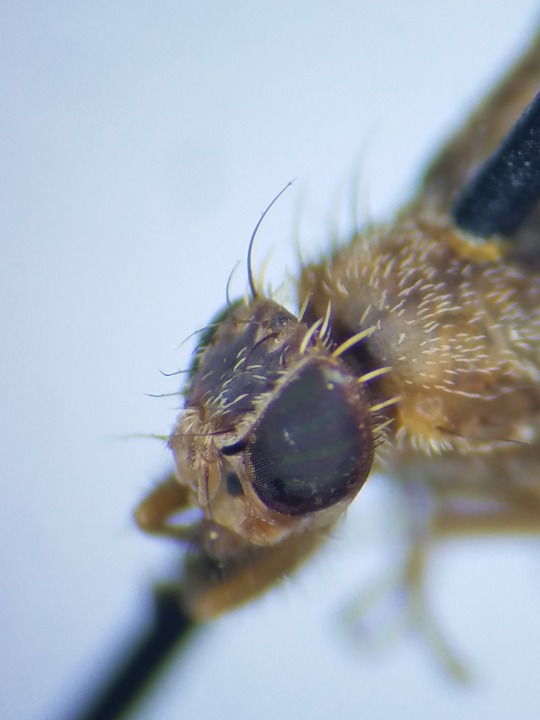

tephritid fly with cute little dragon horns
49 notes
·
View notes
Text
រុយចោះផ្លែឃ្វីនឡែនដ៍
ឈ្មោះទូទៅជាភាសាខ្មែរ: រុយចោះផ្លែឃ្វីនឡែនដ៍
ឈ្មោះទូទៅជាភាសាអង់គ្លេស: Queensland Fruit fly
ឈ្មោះវិទ្យាសាស្ត្រ: Bactrocera tryoni
គ្រួសារ: Tephritidae
ការពិពណ៌នា
ពង: ពណ៌ស មានរាងផ្លែចេក និងពងជាក្រុមមានចំនួន ៦-១២ នៅខាងក្រោមសំបកផ្លែ ។
មិនទាន់ពេញវ័យ: ដង្កូវមានពីពណ៌សទៅពណ៌ក្រែម ស្រួចខាងចុង គ្មានជើង ឬក្បាល មានប្រវែង ៦-៨ ម.ម ។
មេពេញវ័យ: រុយមានប្រវែង ៦-៨ម.ម…

View On WordPress
0 notes
Text
Neuroendocrine co-ordination and also youth behavior problems: An assessment of research determining sympathetic nerves along with hypothalamic-pituitary adrenal axis action using salivary leader amylase and salivary Rilmenidine Phosphate
Out there converging findings happen the device that may explain a single option in which the body influences our mind. (Chemical) '07 Elsevier Corporation. All legal rights earmarked.To improve the the conversion process from the cellulose along with hemicellulose, the actual corncob pretreated by aqueous ammonia placing has been hydrolyzed by chemical complexes. The particular vividness restriction for cellulase (Spezyme CP) was resolute while 16 milligrams protein/g glucan (55 filtration system papers system (FPU)/g glucan). The actual accessory digestive support enzymes (beta-glucosidase, xylanase, along with pectinase) have been compounded to be able to hydrolyze cellobiose (cellulase-inhibiting product), hemicellulose, along with pectin (the particular aspect covering the fibers materials), correspondingly. It had been found out that beta-glucosidase (Novozyme 188) filling of 1.Fortyfive mg protein/g glucan [30 cellobiase units (CBU)/g glucan] ended up being ample to eliminate the cellobiose inhibitor, and a couple of.In search of milligrams protein/g glucan (60 CBU/g glucan) has been the particular vividness reduce. The actual supplements of xylanase and pectinase can improve the alteration regarding cellulose as well as hemicellulose significantly. Your brings regarding glucose and also xylose increased with all the raising molecule filling, though the escalating pattern grew to become reduced at substantial packing. Compared with xylanase, pectinase had been more efficient in promoting the hydrolysis of cellulose and hemicellulose. The particular supplements associated with pectinase using Zero.12 milligrams protein/g glucan could raise the produces associated with carbs and glucose and also xylose through Seven.5% as well as 28.3%, correspondingly.Metabolism depression is often a very preserved feature regarding pest diapause, as well as an boost in metabolic process is a dependable sign associated with diapause firing and also the start regarding post-diapause growth. The actual velocity associated with metabolism pursuing diapause firing can guide the recognition involving essential biological and educational attractions during this developing move, but quantitative explanations of these trajectories are usually relatively exceptional. Take a look at keep track of changes in metabolic rate coming from diapause through diapause cancelling and also pharate grown-up increase in Rhagoletis pomonella (Diptera: Tephritidae), a univoltine tephritid soar that will diapauses in the pupal period. Utilizing respirometric monitoring we show diapause firing and up coming pharate adult growth is actually seen as an any biphasic rise in metabolism. Respiration price to begin with raises logistically, attaining a new plateau that is followed by one last, great enhance ending in mature eclosion. Many of us produce a non-linear design describing this kind of routine with very easily #Link# interpretable points of interest, and now we road noticeable attractions involving morphogenesis on the velocity. The majority of visible morphogenesis throughout pharate mature advancement comes about comparatively late from the velocity in the closing, exponential cycle, that matches the #Link# U-shaped trajectory associated with non-diapause men and women #Link# . These kinds of outcomes reflect a new qualitative information of the same trajectories involving diapause and non-diapause flesh lures (Sarcophaga). Overall, each of our final results suggest that (My spouse and i) the course of diapause breakage as well as post-diapause growth might be evolutionarily maintained throughout increased travels along with pupal diapause, and also (A couple of) your biphasic velocity will be dissimilar to an even more constant velocity observed in the course of immediate growth.
0 notes
Text
Papaya flies (Toxotrypana curvicauda), unusually large and fucked up members of the fruit fly family Tephritidae that use the longest ovipositor I’ve ever seen on a fly to lay eggs in papayas.
The skin and flesh of unripened papayas is toxic, so they use their ovipositor to deposit eggs in the seeds, which are what the larvae feed on until the fruit is ripe. They’re kinda like a vegetarian fly version of Megarhyssa wasps.
(Florida, 3/19/21)
#flies#diptera#papaya fly#fruit fly#tephritidae#bugs#bugblr#insects#biology#entomology#papaya fruit fly#toxotrypana curvicaudata
1K notes
·
View notes